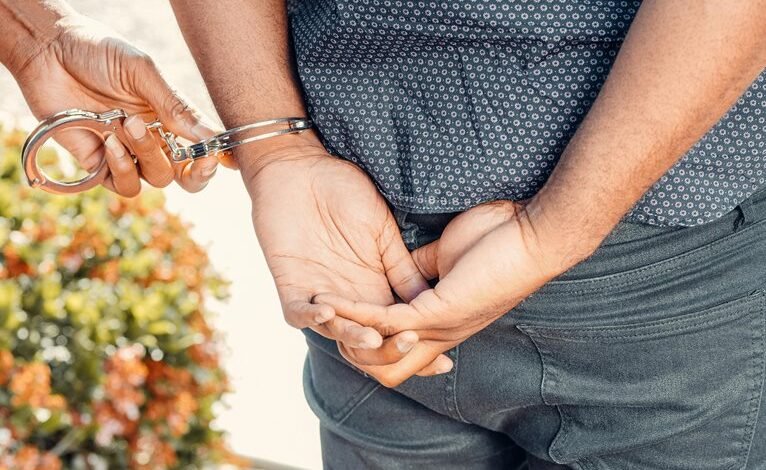Photoackmpa: O Impacto de Imagens no Processo Judicial

Visual evidence plays a significant role in legal proceedings, often shaping juror perceptions and influencing verdicts. The introduction of photographs and videos can enhance understanding and emotional resonance within the courtroom. However, the integrity of such images poses challenges, particularly in an era of advanced manipulation techniques. Exploring the implications of visual evidence raises critical questions about admissibility and authenticity, warranting a closer examination of landmark cases where images altered judicial outcomes.
The Role of Visual Evidence in Legal Proceedings
Although visual evidence, such as photographs and videos, may seem straightforward, its role in legal proceedings is multifaceted and significant.
Visual storytelling enhances the juror's understanding, often influencing perceptions and decisions.
However, evidentiary standards dictate the admissibility and reliability of such materials.
Their integration into the judicial process requires careful consideration to ensure that justice is served without compromising individual rights or the truth.
The Challenges of Image Integrity and Manipulation
A growing concern in the judicial process is the integrity of photographic evidence, particularly in an age where digital manipulation is increasingly accessible.
Ensuring image authenticity poses significant challenges, raising questions about the reliability of visual evidence.
Digital forensics plays a crucial role in verifying images, yet the sophistication of editing tools complicates the assessment, potentially undermining the integrity of judicial outcomes.
Case Studies: Images That Shaped Judicial Outcomes
The impact of photographic evidence on judicial outcomes can be profound, often swaying the course of cases significantly.
Case studies reveal that visual storytelling enhances judicial persuasion, compelling juries to emotionally connect with evidence.
Iconic images have influenced verdicts, showcasing the power of imagery in the courtroom.
The nuanced interplay between visuals and legal narratives underscores the importance of effective photographic evidence in shaping justice.
Conclusion
In the intricate tapestry of the judicial process, visual evidence serves as both a beacon of clarity and a potential labyrinth of deception. Just as the fabled Pandora's box unleashed unforeseen consequences, the introduction of images into courtrooms demands vigilant scrutiny to ensure authenticity and integrity. Legal professionals must navigate this complex landscape with the acumen of seasoned explorers, wielding technology and training to uphold the sanctity of justice, lest the truth be obscured by artifice.





